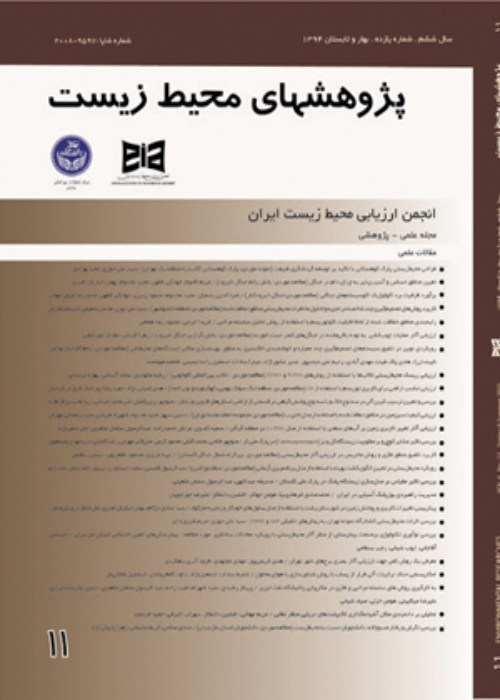Evaluation of Groundwater Quantity and Quality on Aquifer Pollutant (Case Study: Lenjanat Plain, Isfahan)
In recent years, this plain has been faced with a qualitative and a quantitative crisis of groundwater due to the long time drought, improper management of water resources and irregular exploitation, using inappropriate fertilizers and poisons, decrease in cultivated area, an increase in industrial activities and improper disposal of urban and industrial wastewater. Lenjanat Plain with an arid and semi-arid climate, located in southwest of Esfahan province in Iran Therefore, in this study the effect of these factors and natural features of the aquifer on the qualitative and quantitative changes of groundwater in the region was investigated. In this respect, the quantitative changes of groundwater were evaluated as a diagram as well as a zoning map by investigating the water table level in the statistical period of 1990–2016. In addition, the DRASTIC model was applied to study of the natural contamination potential of the aquifer. The model was calibrated by using nitrate data. To investigate the effect of contamination factors on groundwater resources, sampling from resources and the measurement of the different qualitative parameters in the related aquifer was conducted. Then, the groundwater quality index was determined, and the concentrations of various parameters were compared with the standards. The results of quantity evaluation indicated a decrease in level of 0.24 meters per annum in the groundwater, which it was more apparent at 2007. Following this decline, the electrical conductivity of water increased by 42 percent. To evaluate the DRASTIC index seven parameters were weighted and ranked and then were combined with each other. the nitrate ion was used to calibration and modification of DRASTIC index. temporally changes in the groundwater quality parameters were determined and result showed the concentration of parameters were increased due to the period of 1995-2016. The results showed that there is a high contamination risk in the north, west and east of the plain and also Lanjanat Plain expose to the unnatural risk factors due to urban, agricultural and industrial development and direct penetration of sewage into the aquifer. According to the index of Iran's environmental organization, most of the studied samples were recognized contaminated.
- حق عضویت دریافتی صرف حمایت از نشریات عضو و نگهداری، تکمیل و توسعه مگیران میشود.
- پرداخت حق اشتراک و دانلود مقالات اجازه بازنشر آن در سایر رسانههای چاپی و دیجیتال را به کاربر نمیدهد.



